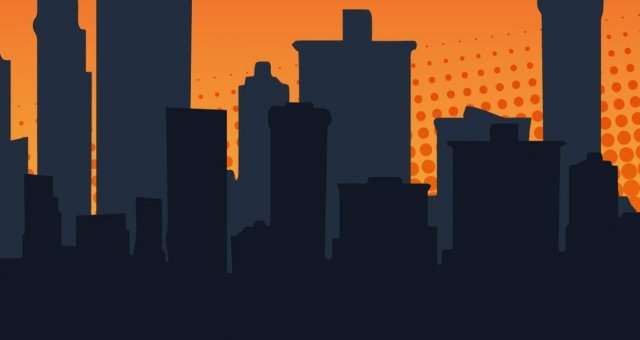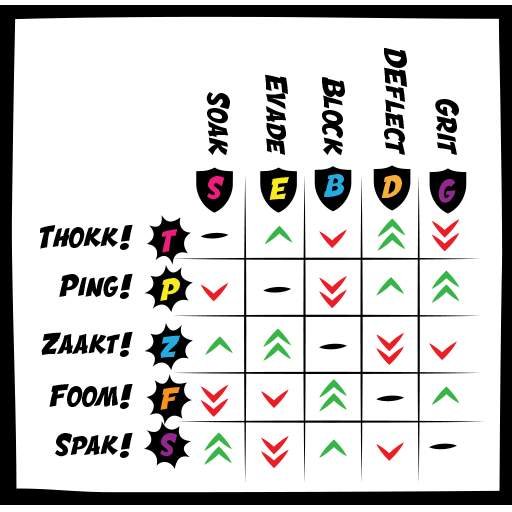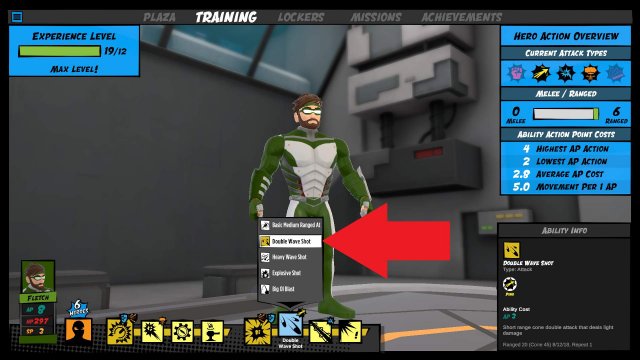
Tips I wish I knew the first time I created a hero. Also applies to configuring your hero in the Training menu.
Contents
Useful Tips to Build a Hero
All credit goes to usgrandprix!
Themes
You are going to pick three themes. A theme is a set of abilities. You will go into battle with two themes active. Between missions you can change which two themes are active and which powers within the theme are active in the Training menu. So if you lose a crowd control mission and you didn’t have your theme with your area attack retry it with that theme.
Powers are basically attack, support, vigilance, companion (see below for details).
For example, Leadership theme has one attack and two supports. It’s important to know that later you will be able to change and earn new abilities within a theme. So you might later configure Leadership as two attacks and a vigilance. But at hero creation they basically show you the best starting config.
Themes can grant stat boosts too. So Leadership gives +4 Initiative.
A theme also defines your two defenses (soak, evade, block, deflect, grit) which interact with attack types (thokk, ping, zaakt, foom, spak) in a rock, paper, scissors fashion. For example thokk is good against deflect and bad against grit. There’s a chart. It’s essential to understand so you don’t leave yourself vulnerable and so you can choose the most effective attack. If a target has multiple defenses it automatically gets the best one. Some attacks and supports remove some defense types for a time so that’s important to consider. Unfortunately they don’t list the defenses for each theme at hero creation but that info will be available when you play.

Attack
These are abilities you choose to take by activating them. Range 5 is close, ~25 is medium, ~40 is long. Damage is shown as x/y/z not in parenthesis. 2/12/16 is very light damage. 20/42/62 is very heavy damage. Most abilities do damage more in the middle of these numbers. They also list the attack type (thokk, ping, zaakt, foom, spak). It might be a good idea to mix up your attack types and always be aware how they match up with a given target’s defenses. If you loose a mission make sure you note the defenses of the villain so you can reconfig your heroes accordingly.
Support
These are abilities you choose to take by activating them. The buffs really help so expect to use them. Hit +1 increases your chance to hit. Avoid Hit +1 makes you get hit less. +HP heals. Supports impact vigilance (below), init, and other factors.
Supports also include summons like remote turrets and bots. These have abilities but also block or penalize enemy movement which is key in some missions. They can also take some attacks for you but it looks like their aggro in generally low. They go away after a while.
Vigilance
You do not activate these. They are triggered by enemy activity. They might make you hero attack, buff defense, or make your hero move to cover.
There are three areas relative to facing that can trigger: front, sides, rear. They have differing chances to trigger.
Here’s an example:
- Ranged Response 30 (85/65/50): Ranged 30 (Single).
- Ranged Response 30: Triggered after a ranged attack happens within range 30.
- (85/65/50): Chance to trigger relative to where the event happened from the hero’s facing: 85% front, 65% sides, 50% rear. Don’t confuse the trigger chance, which are in parentheses, with the damage numbers, which are not in parentheses.
- Ranged 30 (Single) 6/16/20: If triggered make one low/medium damage ranged attack up to range 30.
Vigilance can react (after triggering action) or interrupt (before triggering action). They can trigger attacks or buffs or moves. Lots of things can impact vigilance chance to trigger, such as supports activated or your choices of Background, Personality, or Power Source.
Companion
Not common but brings a companion into play.
Need the Info
Powers you activate cost AP. Some also cost SP (uncommon, usually summons and AoE cost SP). AP resets at the beginning of your turn. SP is on its own economy. You can see your hero’s AP and SP at the bottom. But at hero creation they do not tell you AP and SP costs for powers. You can see that when you play or in the Training menu when you configure your themes and powers for a mission.
Background, Personality, Power Source
Various bonuses and penalties to abilities: Hit points, chance to hit, initiative, movement speed, chance a vigilance happens, radius of vigilance trigger zone, AP, sync, damage, etc. AP can get to 11 (or maybe more).
I was told these bonuses and penalties do not apply to summons.
Other Tips
The big yellow icons at the bottom of hero creation show how your hero looks in each theme.
You can change your hero’s implements and summons (don’t want to be holding guns? don’t want a tech summons?) in the last tab by changing style, items, effects, summon style. So don’t dismiss a theme because you don’t like the initial look.
If you are a ranged attacker do not take a background, personality, or power source that lowers to hit. Do consider Fast Talking, Lone Wolf, Sarcastic, and/or Alluring.
I recommend the prologue but once you are into your game if you want to check out hero creation again just start a new game and skip prologue.
If you are not planning on using many vigilance powers then backgrounds, personalities, and power sources that help vigilance will not really be helpful.
After you play the prologue you get one chance to change your hero’s themes, backgrounds, personalities, and power sources. So if you find you want more movement, vigilance, healing, support, summoning, etc. make your changes with your one-time chance. After that you can’t change your three themes but if you go to Training you can change the powerset within a theme (including new powers gained with XP) and in Lockers you can change your appearance.
The following is a shot of the Training screen (available after you create your hero). Here I have my two stances: Gadgets on the left and Blaster in the right. Themes are called Stances here. The red arrow points to where I clicked on Gadgets. Now I can change that to my third stance/theme (Shooter). This will also change my defenses (well really only changes one) and all the powers and abilities for my first stance. Also note I’ve earned some new options for my Blaster stance:
The following is also in Training. In the Blaster stance I have three powers/abilities (horizontal from left to right). Double Wave Shot is my first power to the right of my Blaster stance icon. It’s a ping attack, costs 3 ap, attacks in a cone, does lightish damage, and repeats. I just earned Big Ol Blast. I could replace Double Wave Shot with Big Ol Blast. Would the attack type of Big Ol Blast help me get by that tough mission, or would it cost too much AP, or do I want to give up a double cone attack? All part of the fun:
You can select Training in Missions to try out your new stance and ability configs. The default heroes can be reconfigured too.





Be the first to comment